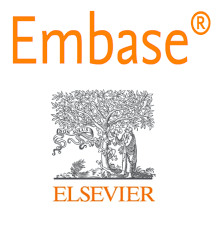A CLINICAL PROFILE, RISK FACTORS, AND MANAGEMENT OUTCOMES OF OTOMYCOSIS IN A TERTIARY CARE HOSPITAL OF WEST BENGAL: A PROSPECTIVE OBSERVATIONAL STUDY
Keywords:
Otomycosis, Eardrop, HygieneAbstract
Background: Otomycosis—fungal infection of the external auditory canal—is common in tropical zones such as coastal West Bengal, yet local data on determinants and treatment response remain scant. Objectives: (1) Estimate the demographic profile of otomycosis patients; (2) identify significant risk factors; (3) evaluate the effectiveness of standard management protocols. Methods: Thirty eight consecutive patients with culture confirmed otomycosis were enrolled over 12 months. Data on demographics, predisposing factors, mycological profile, and outcomes following debridement plus topical antifungals were recorded. Results: Mean age ± SD was 31.6 ± 13.4 years; 57.9 % were female. Aspergillus niger (55 %) and Candida albicans (29 %) predominated. Independent risk factors (multivariate p < 0.05) included habitual cotton bud use (aOR 4.2, 95 % CI 1.3 – 13.5) and recent antibiotic eardrop use (aOR 3.8, 95 % CI 1.1 – 12.6). Clinical cure at day 28 was 89.5 % with clotrimazole 1 % drops plus weekly suction clearance. Conclusion: Avoidable practices—especially self cleaning with cotton buds—and irrational topical antibiotics drive otomycosis in this region. Simple outpatient debridement and clotrimazole remain highly effective. Community education on aural hygiene could curb incidence.
.png)









